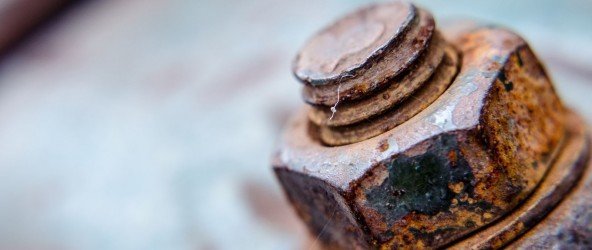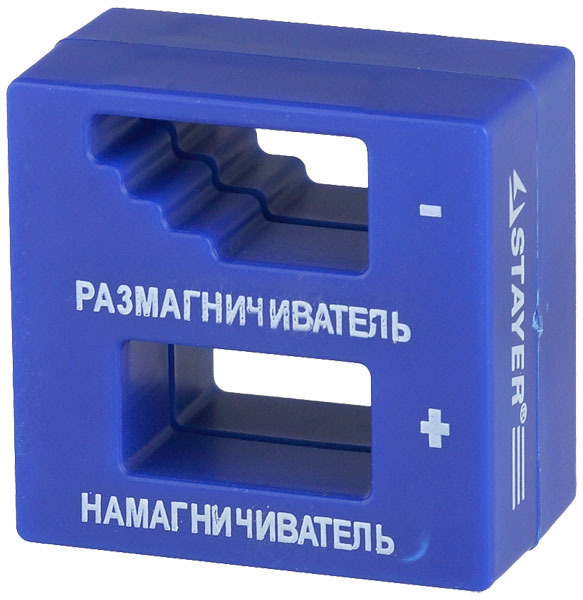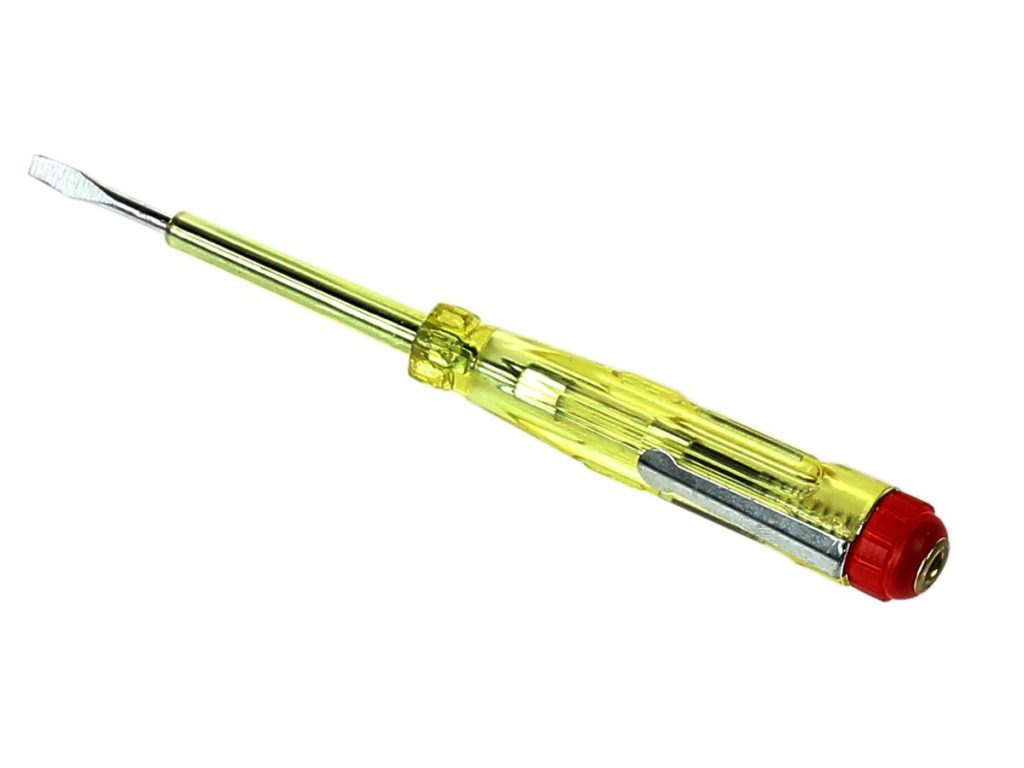Self-tapping screws appeared on the market not so long ago, but they very quickly replaced their "older brother" - the screw. It is believed that these two fasteners are practically the same. Nevertheless, a self-tapping screw (the second name for a self-tapping screw) is more convenient to use and there are several varieties of it, which helps to facilitate work on different surfaces.
The content of the article
-
What are the self-tapping screws
- Manufacturing material
- Design
- Appointment
What are the self-tapping screws
Self-tapping screws are classified according to several criteria:
- material of manufacture;
- design;
- appointment.
Let's take a closer look.
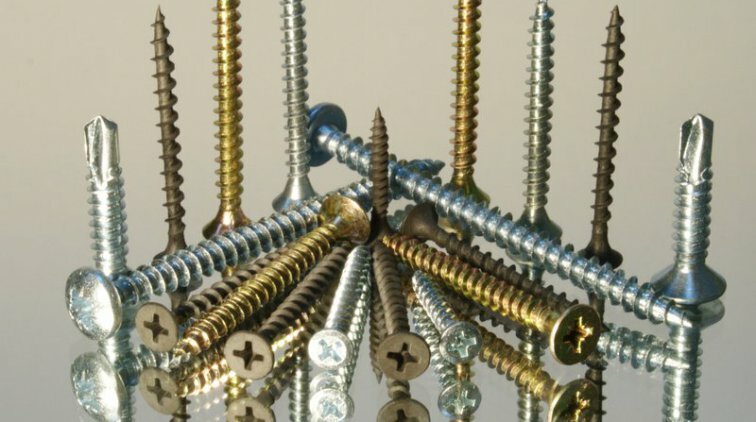
@ kremenchug.ua
Manufacturing material
The production technique of self-tapping screws is much more complicated than that of a conventional screw. So, this type of fastener is made exclusively from high-quality alloys, and then it is also subjected to heat treatment. The self-tapping screw can be made from:
- high carbon steel;
- stainless steel;
- brass.
You should also be aware that self-tapping screws may also differ in coating material:
- phosphated (black);
- oxidized (black);
- galvanized;
- galvanized yellow;
- without cover.
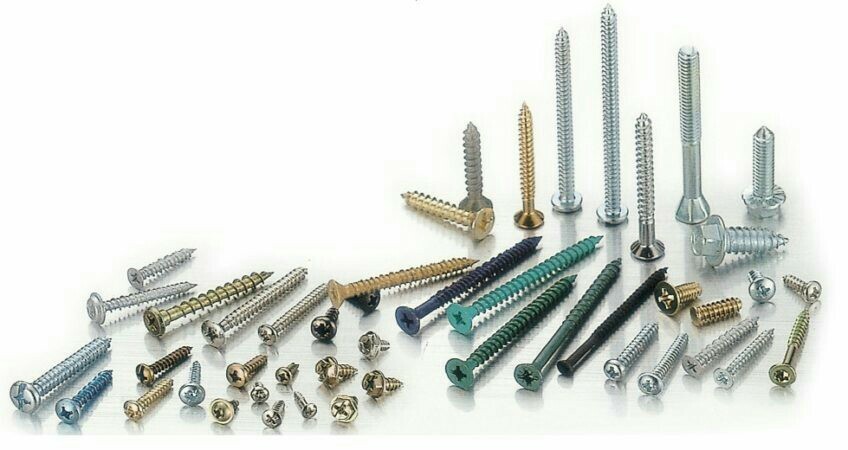
@ pikabu.ru
Design
The self-tapping screw consists of several parts:
- The head is the top of the part. It can be countersunk, hexagonal, semicircular, with a press washer, conical, cylindrical.
- The slot is a special recess in the head for transmitting torque from the tool to this product. Distinguish between straight, cruciform, hexagonal, in the form of a six-pointed star. There are also combined self-tapping screws, where at the same time there is a cross slot with a straight one.
- Thread - double-threaded, rare, frequent.
- The end is sharp or drilled.
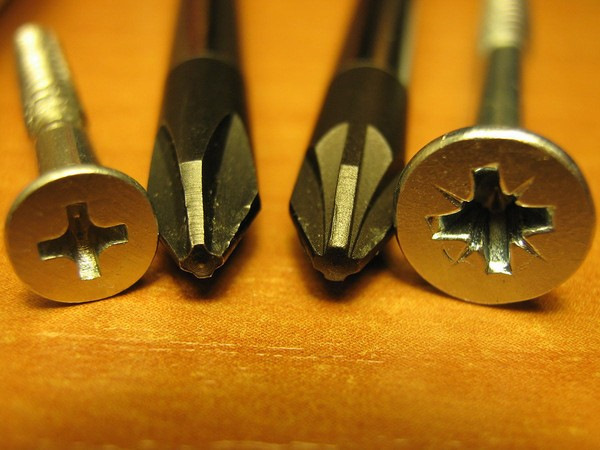
@ drive2.ru
Appointment
The scope of the self-tapping screw largely depends on its design. So, fasteners can be:
- Universal. It is used when working with various materials such as metal, wood, brick, concrete, hollow or solid structures. Hardware got its name by ensuring efficient installation and creating reliable connections on any surfaces.
- Wood. As the name implies, this type of self-tapping screw is used for woodworking. It does not have cutting edges at the end, its thread is much more pronounced and the pitch is larger.
- For drywall and gypsum fiber sheets. Self-tapping screws for drywall have different sizes, mounting options. When choosing such a fastener, it is important where exactly the sheet will be attached. So, for metal structures this is one type of self-tapping screws for drywall, for wood - another.
- For sheet metal and metal profiles. This type of fastener is used to attach one metal surface to another, as well as metal profiles to wood, plastic or any other surface. Available with a pointed end or with a drill. A frequent thread pitch with small intervals between threads is characteristic.
- For a window profile. They are mainly used in enterprises that manufacture window profiles. They are used for screwing into plastic, for fastening profiles with other elements.
- Roofing. These self-tapping screws can be of two types: metal and wood. They differ in only two characteristics. First is the tip. For wood, it is sharp, for metal - two-bladed in the form of a drill (drill). Secondly, it is the type of thread. For wood, it is larger in terms of the height of the thread profile and the pitch. They are completed with a washer with a rubber gasket, which is responsible for the tightness of the connection, which is important for roofing to prevent leaks.

@ docplayer.ru
Subscribe to our Social Networks
